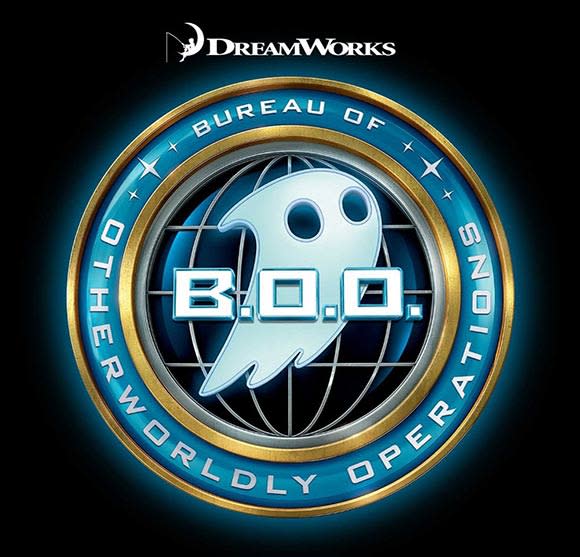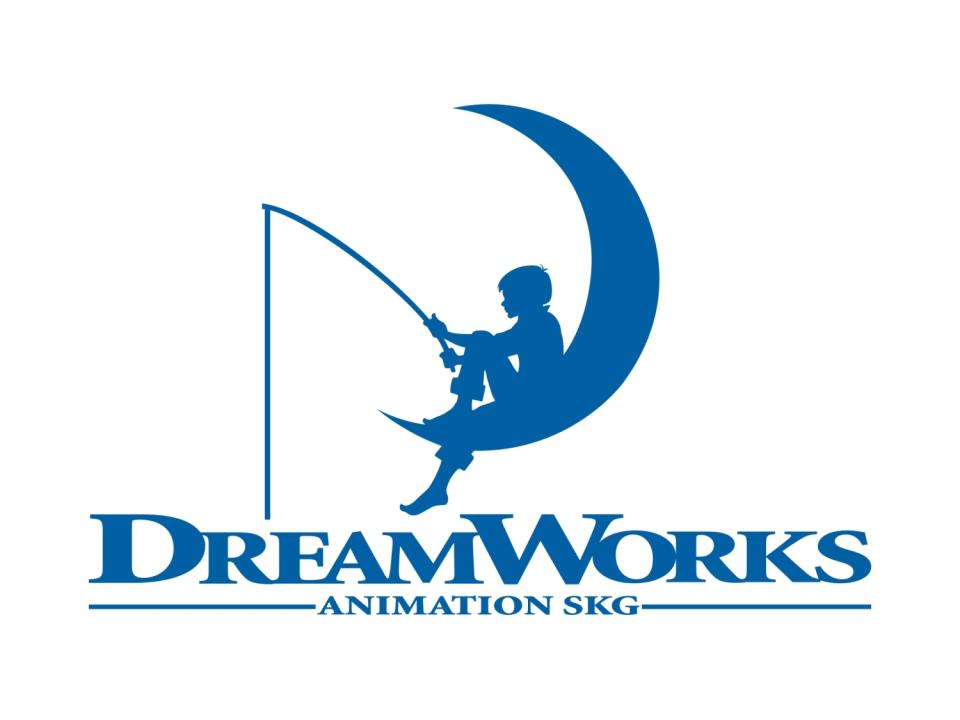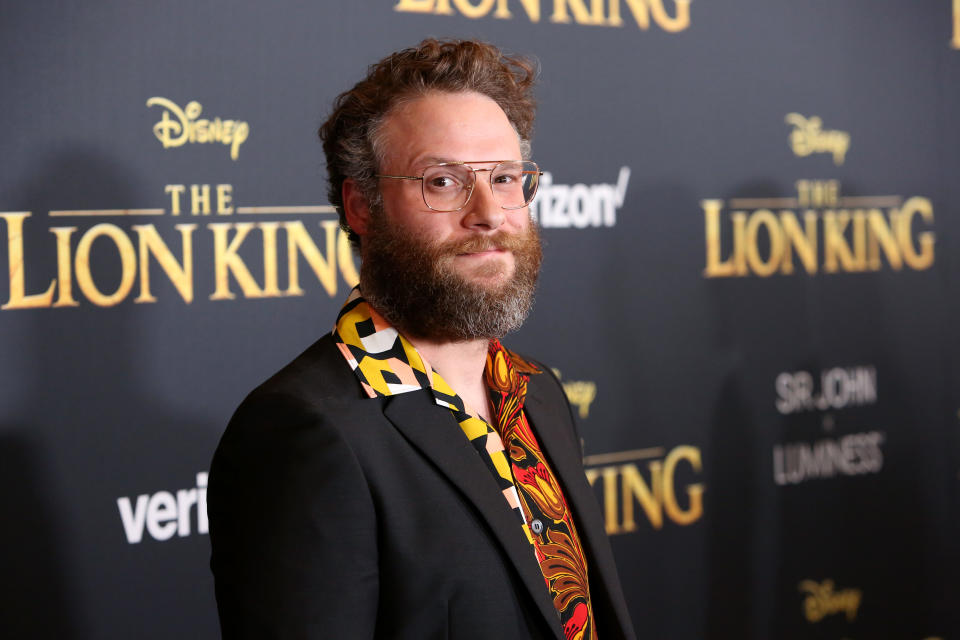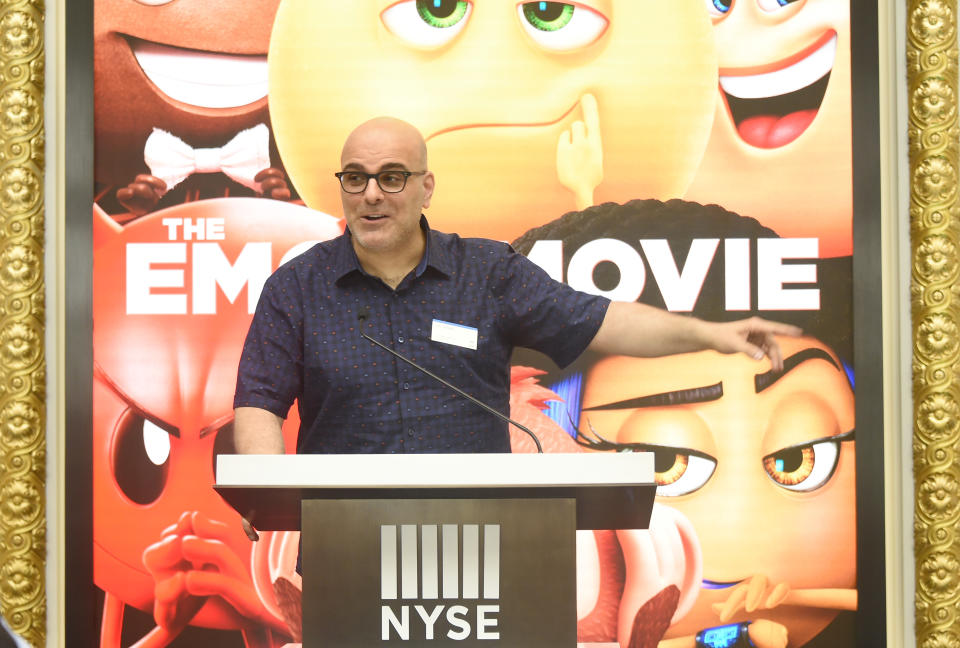'Three years flushed down the toilet': What happened to Dreamworks' 'B.O.O.: Bureau of Otherworldly Operations'?

Star names, a potent premise and two thirds finished – but what happened to animated feature B.O.O.: Bureau of Otherworldly Operations that means it will probably never be released?
It was January 2015 and it seemed like a normal day in the Dreamworks Animation office when they got the earth-shattering news: their big summer blockbuster that was halfway finished after 3 years of graft, was being shut down just months before its release
A phalanx of animators, FX experts and storytellers had been working on DWA’s B.O.O.: Bureau of Otherworldly Operations since 2012. Directed by Tony Leondis and starring the voices of Seth Rogen and Melissa McCarthy, it was about a pair of ghosts – one new, one a veteran – who work as a sort of paranormal Men In Black, policing the afterlife and those who choose to abuse it. It had originally been scheduled as a summer 2015 tentpole.
Then, suddenly with one phone call, it went back into development.
Or to translate from the Hollywood-ese, ‘We’re shutting you down’.
Read more: Sequels that were axed during development
For the creatives who’d been hard at work on the movie for almost a thousand days, it was a body blow. “Three years just gets flushed down the toilet,” says one animator who worked on the film, who we’ll call Tim* to protect their anonymity.
“We were pretty much towards the end of production,” says Mike* who worked high up in the production, but prefers to remain anonymous because they still work in the industry. “I would say 60% of it was completely animated.”

Before moving on, a quick primer on what that means with an animated movie, which are famously long-in-the-making.
Typically, an idea gets greenlit and crew is hired to build a version of the movie on storyboards, a comparatively cheap way to figure out the story’s look and tone.
Every four or five months, they might show a complete, roughly-edited version of those storyboards to the execs and that process is usually repeated several times for about 18 months until it’s agreed that production can officially begin.
Read more: Missing Link scene breakdown
Voice actors are hired and recorded, storyboards are swapped out for layouts which feature proposed camerawork and staging and once that’s signed off, technicians will actually animate the film. That animation then needs to be graded and lit properly before it reaches the level of visuals you would expect to see in a cinema.
On B.O.O. (pronounced Boo), 30% was at that final level, with a further 30% nearly there. The remaining 40% was ready to be animated.
“[The last few months] is usually when the most work is done on these films,” explains Mike.

Both crew members agree there was no suggestion they were about to be cancelled, but those who follow the industry were certainly wary of what was happening at DWA.
A relatively small public company surrounded by behemoths like Disney, they’d already held takeover talks with toy manufacturer Hasbro which fell apart in November 2014. Several of its movies had not lived up to financial expectations, including 2014’s How To Train Your Dragon 2. It was, in short, having issues.
“It was only a question of when it would be acquired and by whom, not if,” says film writer Ben Fritz, author of The Big Picture: The Fight for the Future of Movies.
Another flop would damage the stock price and make it an even less valuable asset to potential suitors.
Read more: The 10 best Ghibli films
“Original films had really been struggling at the box office and franchise films do so much better and here was something which was not a sequel to anything,” continues Fritz. “They probably recognised that if it wasn’t fantastic, it was going to have a really hard time getting audiences to turn out. You don’t want to have a project coming up on the horizon that seems risky to other buyers.”
Also, while until that January B.O.O. was very much a go picture (at least as far as the crew was aware), DWA had already blinked the previous November. Although it’s clear other forces were at play, they decided it would be foolish to go up against Pixar’s Inside Out and had pulled B.O.O. from the calendar, continuing with production, but telling investors that “there’s going to be a lot of flexibility and manoeuvrability in that release schedule.”
But things quickly began to unravel. On 22 January, Variety reported DWA was cutting around 500 jobs, reducing their output from three to two films per year and even worse, shutting down the Pacific Design Images (PDI) north Californian production facility they had bought in 2000. Several top executives were let go.
This coincided with B.O.O.’s shutdown.
“There were a handful of [projects], including B.O.O., that either got put on hold or put on the shelf right around that same time,” says Mike.

“That was the biggest blindside blow,” says Tim about the shuttering of PDI, which was based in Redwood City. “I joined Dreamworks because I was told it was the safest place in the industry, it’s where you’ll work for the next five years and then this happens.”
Both crew members suggest that as well as corporate turmoil, the basic storyline of B.O.O. started to get problematic for those at the top. Tim suggests there had always been a problem with the ending and that no-one had ever been quite sure how to finish the movie.
Mike thinks another issue was the fact that Rogen played a father who dies and joins B.O.O. to maintain a relationship with the young son he left behind.
“That started to become a concern for the studio the further and deeper we go into the project,” he says. “I remember in the last year, that topic got brought up a lot.”

Ben Fritz has a clue as to why that might be the case. “How to Train Your Dragon 2 (which came out in 2014) didn’t do as well as Dreamworks had hoped and I know one of the reasons is his father dies in that film… Dreamworks, when they were doing a post-mortem on the movie thought that was one of the reasons that it didn’t resonate the way the first [one] did.”
Read more: What did 1988’s Akira get right about 2019?
Other big projects were also cast into oblivion, including a book adaptation directed by Jason Reitman and Larrikins, an Australia-based musical written by Tim Minchin starring Hugh Jackman and Margot Robbie. Minchin would later write, “The animated film to which I’ve dedicated the last four years of my life was shut down by the new studios execs. The only way I know how to deal with my impotent fury and sadness is to subject members of the public to the spectacle of me getting drunk and playing ballads.”
On 28 April 2016, cable conglomerate Comcast (specifically their NBCUniversal division) announced it was buying Dreamworks Animation for $3.8billion.

By 2017, Tony Leondis had jumped to Sony Pictures Animation for whom he wrote and directed The Emoji Movie. This year DWA released the third How To Train Your Dragon film and has The Croods 2 and a sequel to Trolls scheduled for 2020.
Four years later, B.O.O. is still technically on the shelf and unlikely the see the light of day, even just to be dumped onto a streaming platform.
“If you shoot 70% of a live-action film, you have something you can cut together,” says Ben Fritz. “But in animation, until it’s done, nothing is good enough to release… it would be very hard to release without spending tens of millions of dollars.”
“I think it was a really good movie,” says Tim. “It had a unique look.”
Admits Mike, “You become proud of these stories, but you’ve got to let the anger go. We’re being hired to make a product and of course I’m disappointed, I’m frustrated, I would have loved to have the movie eventually be released. But we never got to finish it either. It’s hard to say what that finished version would have ended up as.”
*not their real name

 Yahoo Movies
Yahoo Movies 
